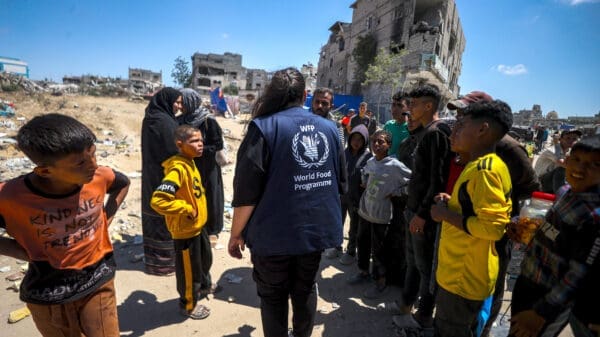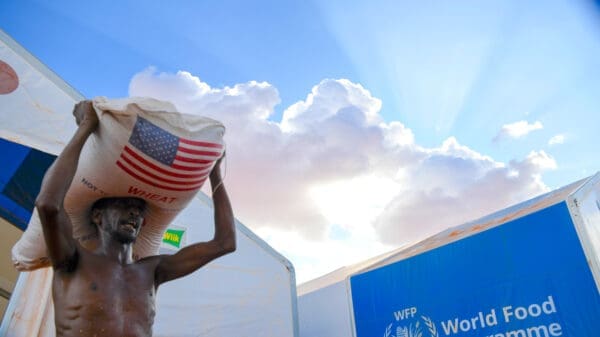Top 12 Things You Didn’t Know About the World Food Programme
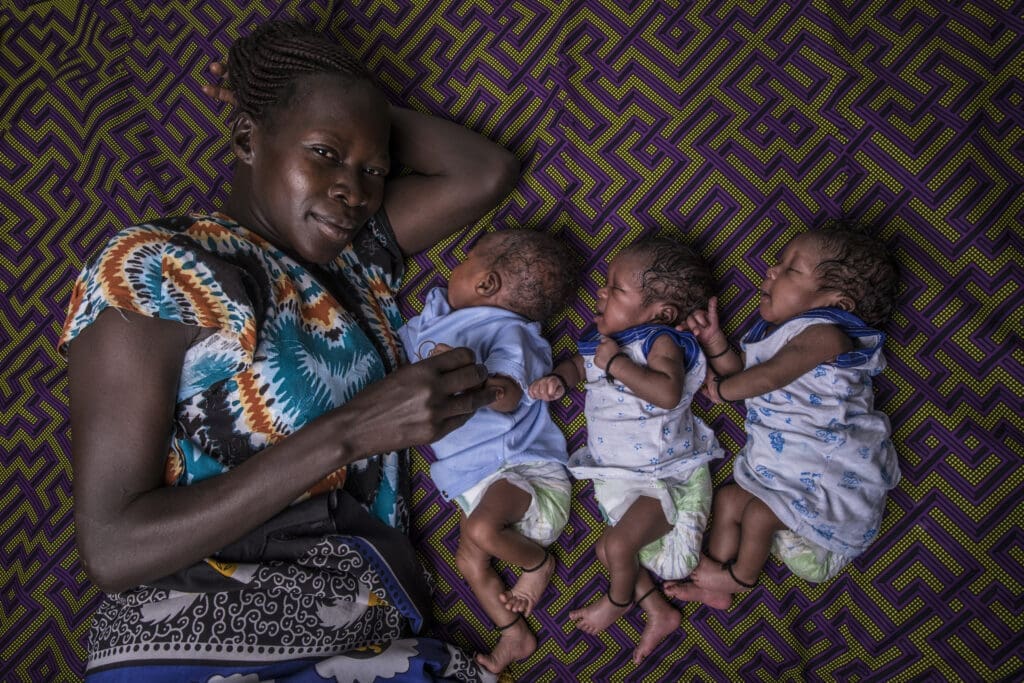
If you didn’t know us before, here are a few facts about the United Nations World Food Programme that might surprise you:
1.) The U.N. World Food Programme is the 2020 Nobel Peace Prize Laureate. We assist over 150 million people in 120 countries and territories.
2.) Each day, the U.N. World Food Programme has up to 6,500 trucks, 20 ships and 140 aircraft on the move, delivering food and other assistance in some of the most remote and challenging parts of the world.
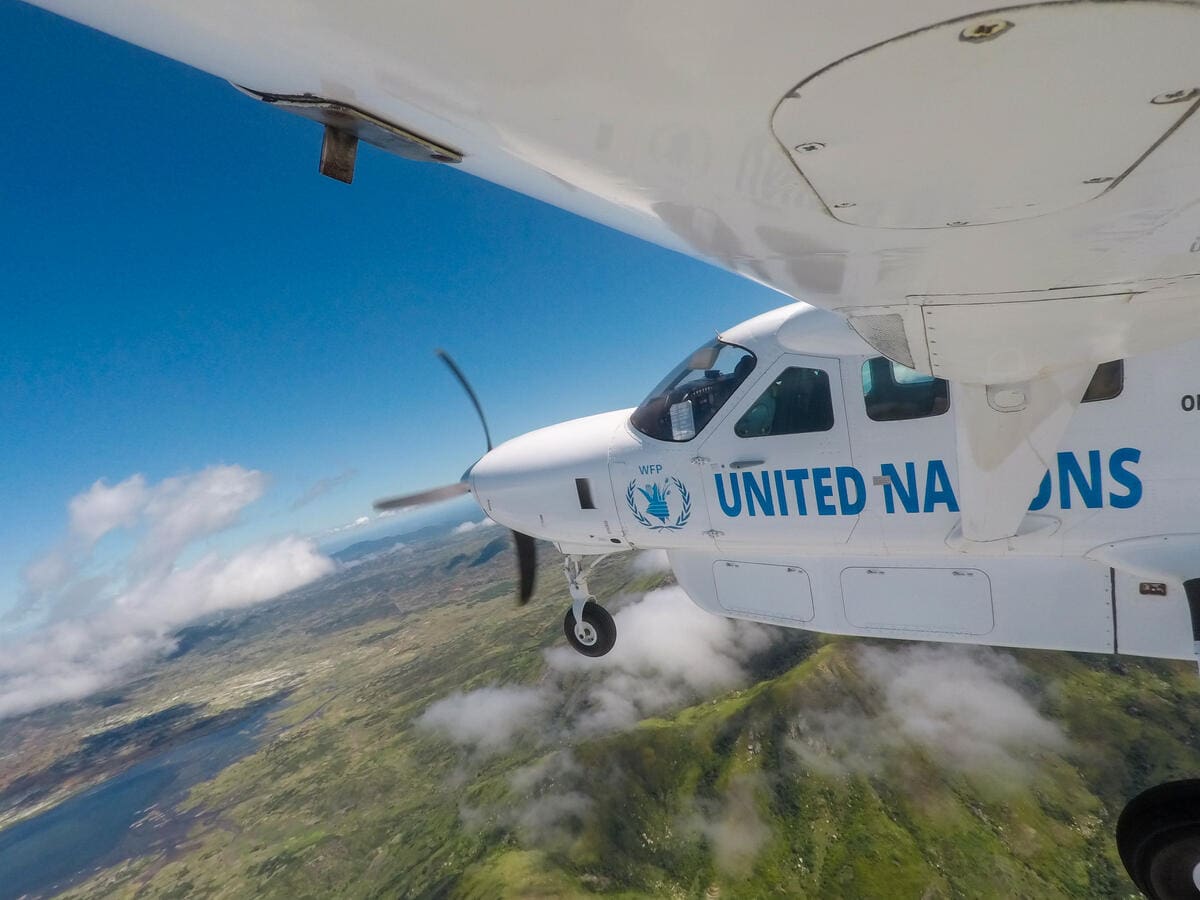
The WFP-led United Nations Humanitarian Air Service (UNHAS) provides essential passenger, cargo and medical evacuation services to the humanitarian community.
Related articles you might be interested in:
- Is the U.N. World Food Programme a Nonprofit?
- How the U.N. World Food Programme Fights Famine and Hunger
- 10 Innovations the WFP Uses to Deliver Food
3.) The U.N. World Food Programme is the frontline agency responding to emergencies caused by conflict, climate shocks, pandemics and other disasters. We responded to 47 sudden emergencies in 32 countries in 2023.
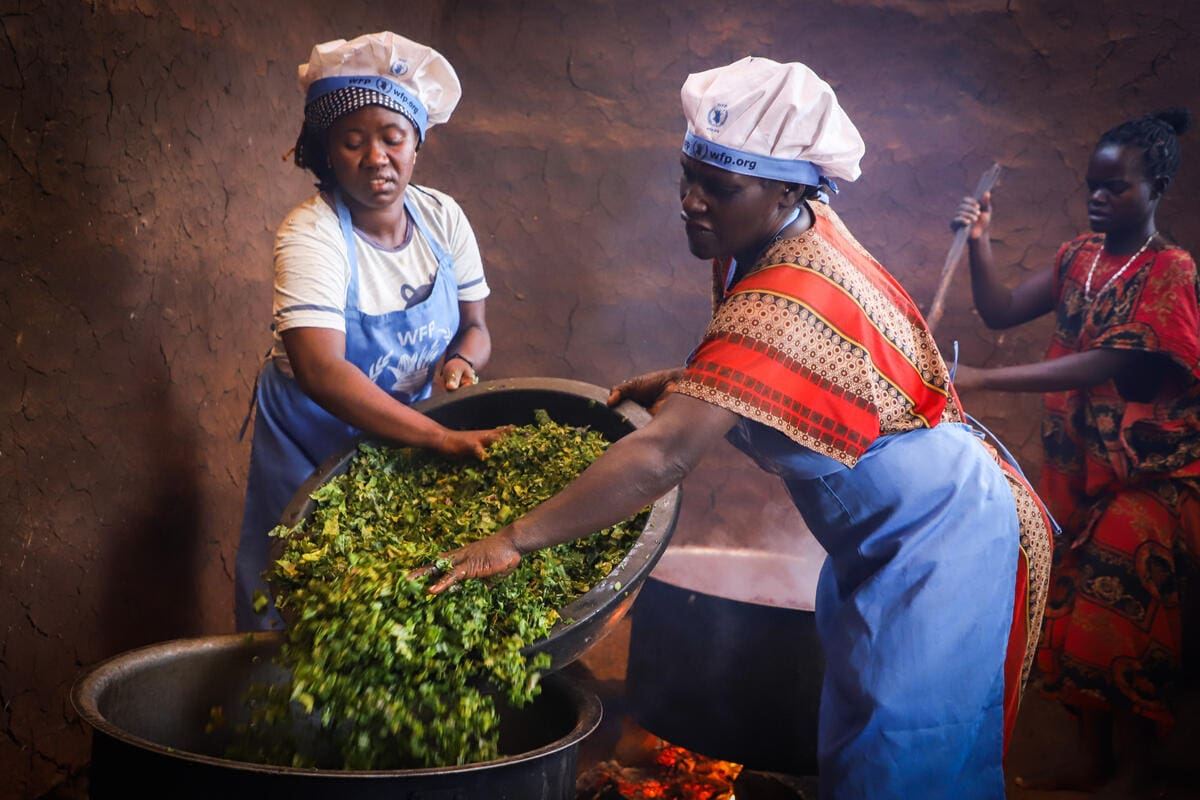
Hana Turecha and Nigist Mengesha prepare meals for students at the Alduba Primary School as part of WFP’s homegrown school meals program in Ethiopia.
4.) The U.N. World Food Programme provides school meals to over 20 million children, improving both their nutrition and their access to a potentially life-changing education.
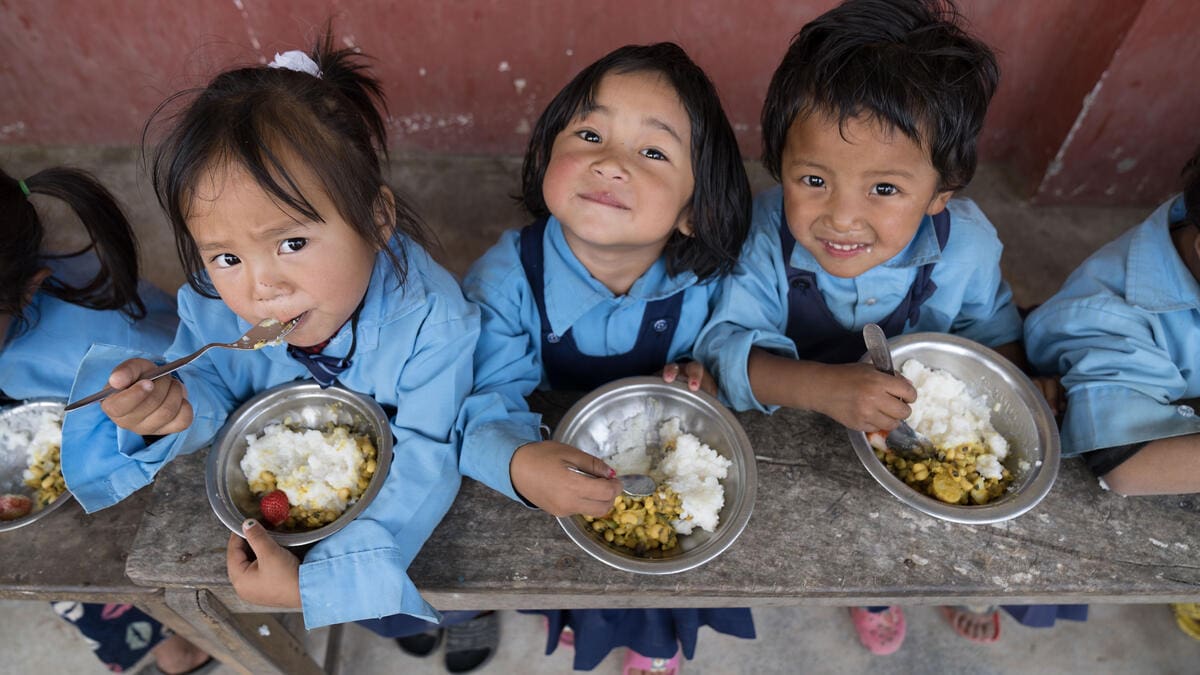
In 2023, WFP directly provided 21.4M children with school meals in 61 countries.
5.) In 2023, the U.N. World Food Programme received $8.3 billion out of the $22.8 billion needed in funding. Rising needs due to the high cost of assisting people amidst conflicts, climate-related disasters and the coronavirus pandemic mean we need increased financial support now more than ever.
6.) The U.N. World Food Programme sourced $56 million dollars worth of food from small-scale farmers in 24 countries in 2023.

In Colombia, WFP works with communities to rehabilitate vital mangrove ecosystems, which protect against storms and provide the ideal habitat for nutritious oysters and crabs.
7.) In 2023, through livelihood activities including its Food Assistance for Assets initiative, the U.N. World Food Programme worked with communities to restore nearly 1 million acres of land, plant 4,900 gardens and build or repair more than 10,300 water sources. These projects improve people’s long-term food security and resilience to shocks like extreme weather events.
8.) In 2023, the U.N. World Food Programme delivered 3.7 million metric tons of food.
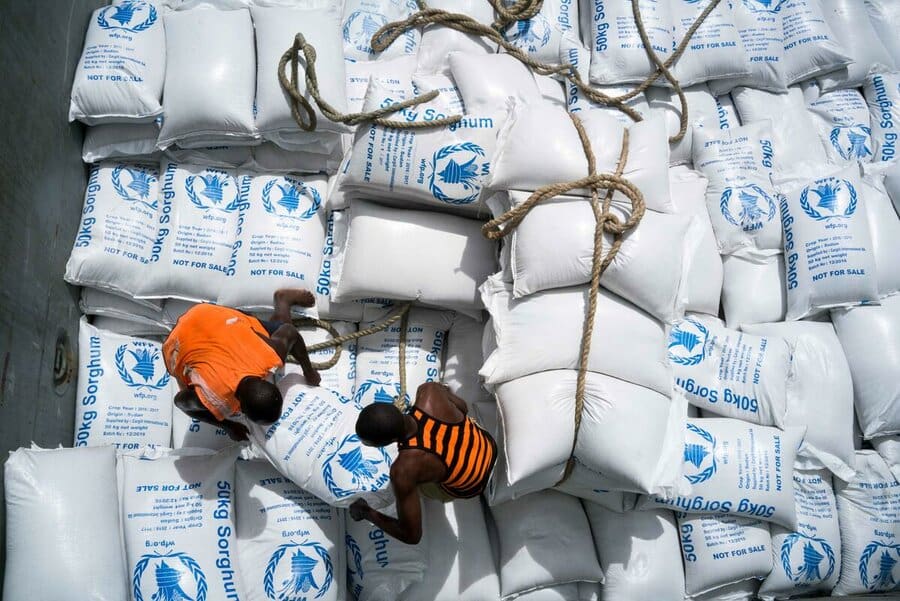
In Kenya: Porters load part of the 4,500 tons of cargo being sent to Somalia.
9.) The U.N. World Food Programme has more than 23,000 staff, of whom more than 87% are field based.
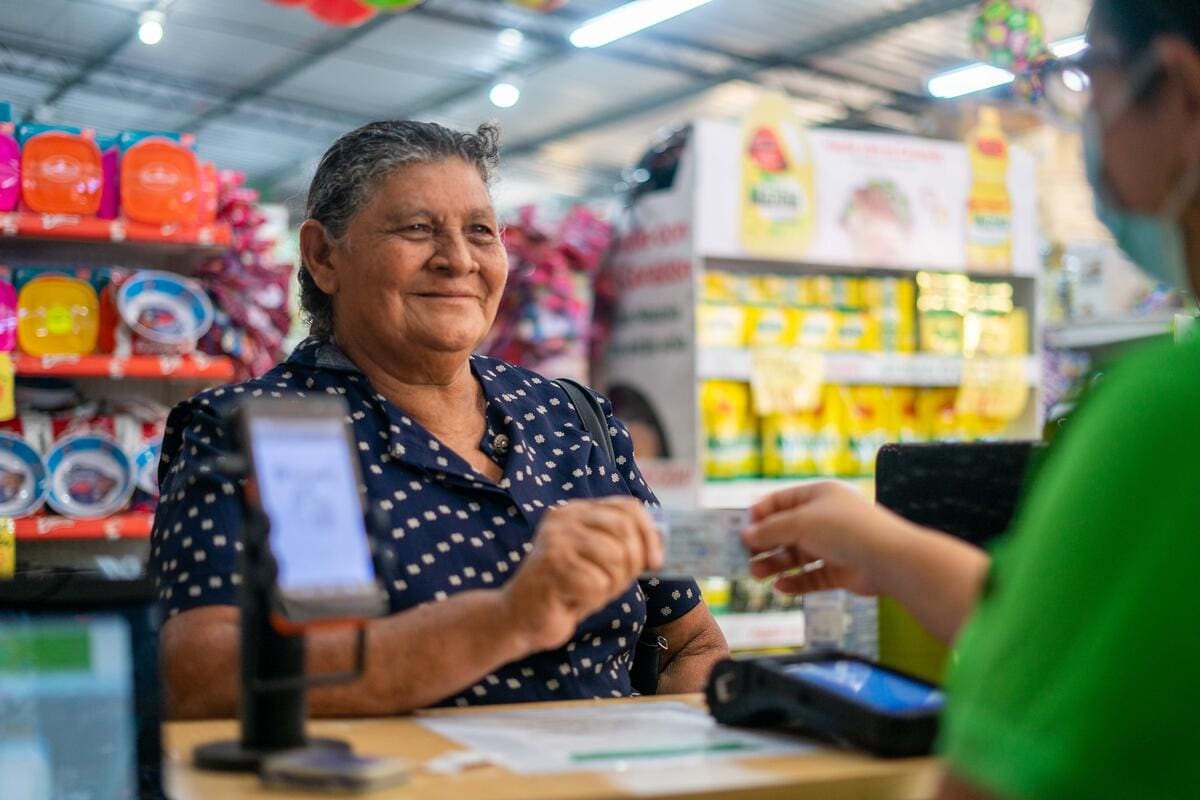
In El Salvador, families receive cash-based assistance from WFP and use it to buy food at local markets.
10.) We are the largest cash provider in the humanitarian community. $2.9 billion dollars of assistance was provided this way in 2023. Cash increases consumer choice and strengthens local markets.
11.) The U.N. World Food Programme helped nearly 18 million people prepare for, respond to and recover from climate shocks in 2023. This included $17.8 million in insurance payouts for people in countries affected by drought, floods and tropical cyclones.
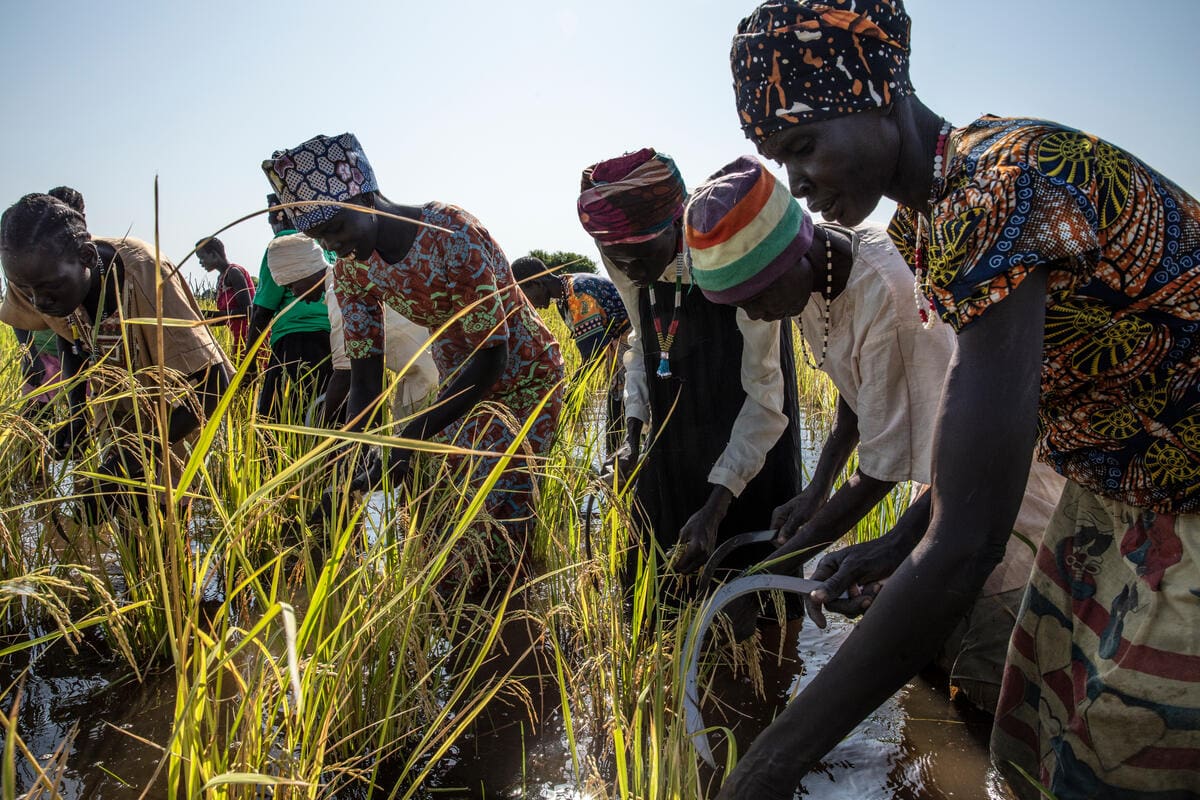
In South Sudan, farmers harvest rice, which is a water resistant crop that can grow even as floods inundate the land.
12.) More than 50% of the people we serve are women and girls.
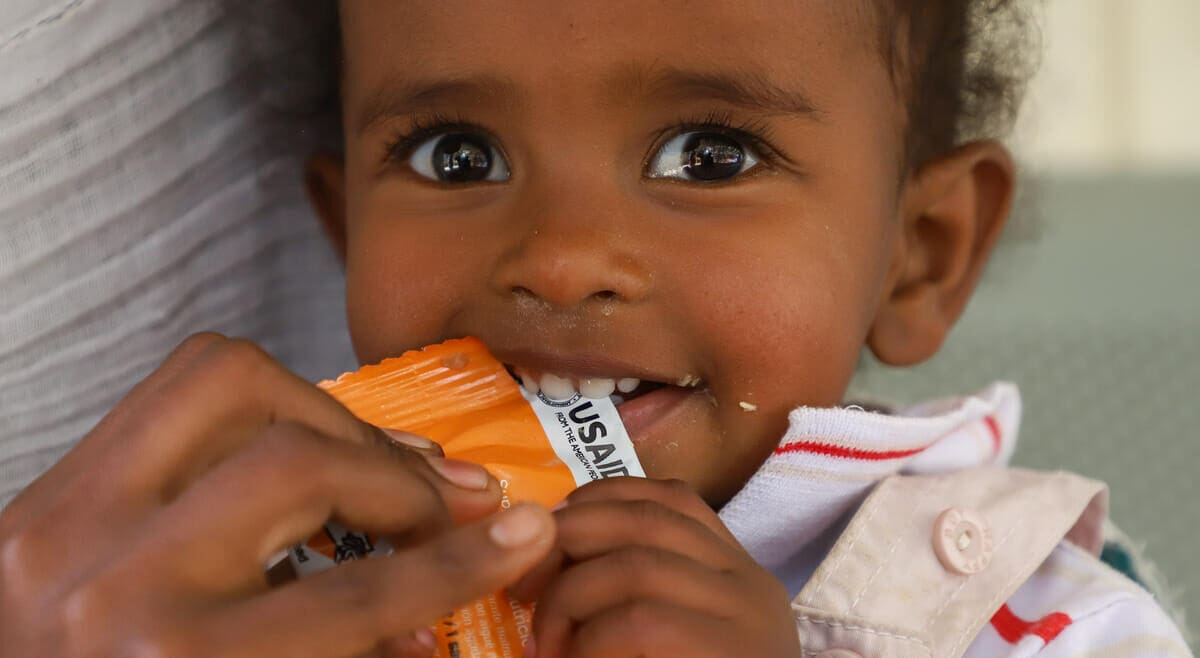
WFP reached 27 million women and children through its malnutrition prevention and treatment programs in 2023.
The accomplishments of 2023 will be a vital foundation as we work to bring lifesaving meals to millions more of the most vulnerable people on the planet. You can support our efforts by donating.
This post was written by Paul Anthem, Simona Beltrami and Mert Er and originally appeared on wfp.org/stories.
